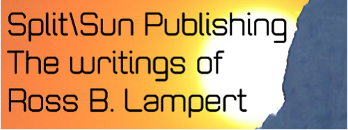To quote from Ogden Nash’s puckish poetry accompanying Camille Saint-Saëns’ Carnival of the Animals, “Now we reach the grand finale / Animale Carnivale….”
The story you’ve been reviewing has reached and passed its climax, its moment of greatest tension and conflict. The good guys have won… or not. The protagonist has survived, achieved whatever she set out to achieve (or maybe something different), or gained some new understanding… or not. Now it’s time for the author to tie everything up in a shiny bow, or leather straps, or bands of steel… or not, so you, the reader feel that satisfying sense of completion… or not.
Or not?
Or not...
Read More








Recent Comments